Change is hard, even for people in human services whose entire jobs are affecting change in others. Change is hard for everyone, maybe especially for social workers (and the people who support them) whose jobs are already so difficult.
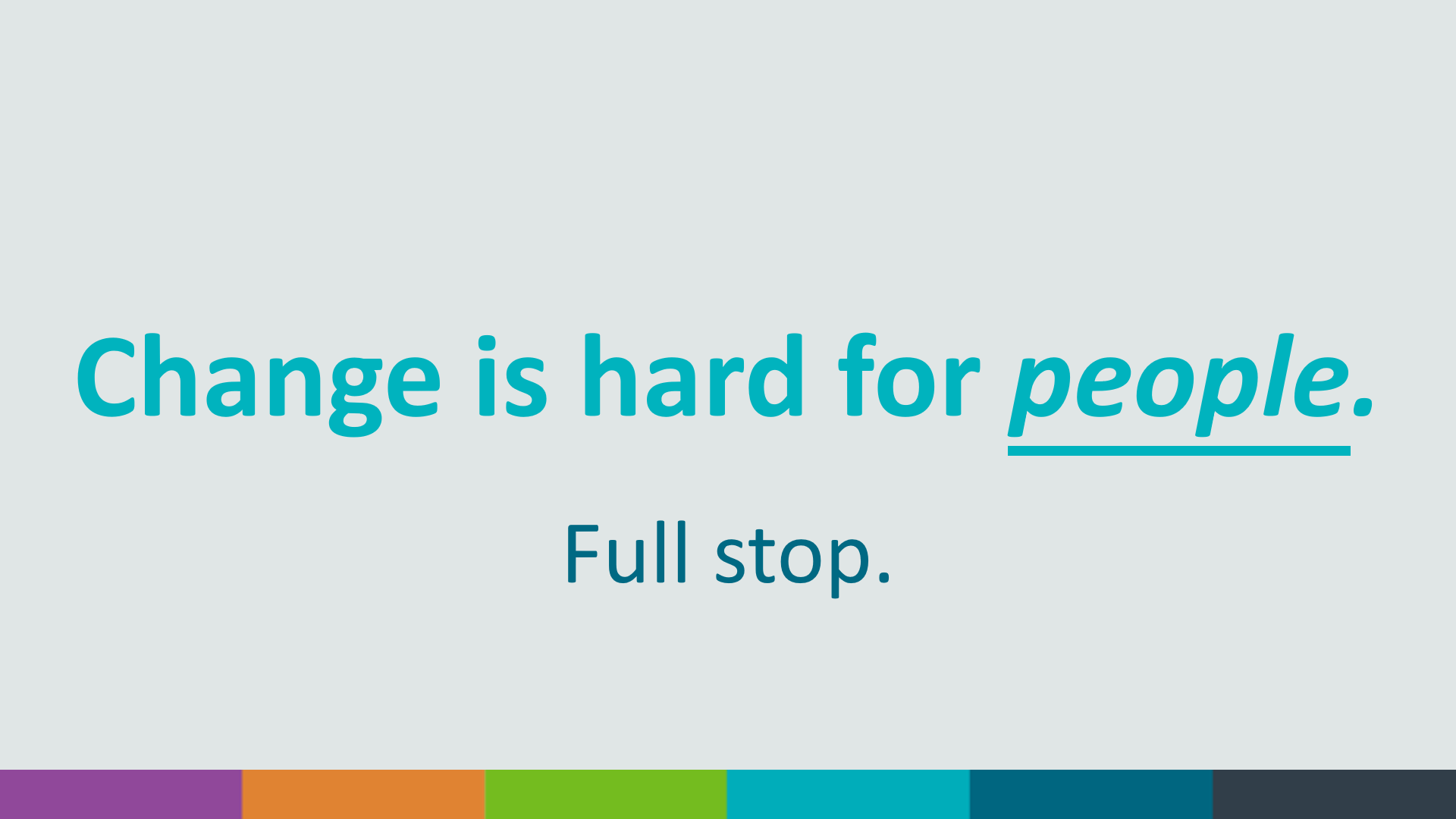 It’s hard because change is always a loss. Even if what you’re doing today hurts you—we even call it a “pain point!”—it’s familiar, it’s muscle memory. When I ask you to change, you lose familiarity and have enter a new kind of discomfort called growth.
It’s hard because change is always a loss. Even if what you’re doing today hurts you—we even call it a “pain point!”—it’s familiar, it’s muscle memory. When I ask you to change, you lose familiarity and have enter a new kind of discomfort called growth.
As an Emerging Leader at APHSA’s 2021 IT Solutions Management (ISM) Conference, I was invited to share a project, initiative, or experience that demonstrates how I lead or inspire others.
I chose to focus on my role in helping to develop and execute Northwoods’ implementation model that aims to help agencies embrace change, while positioning them to create meaningful, long-lasting results.

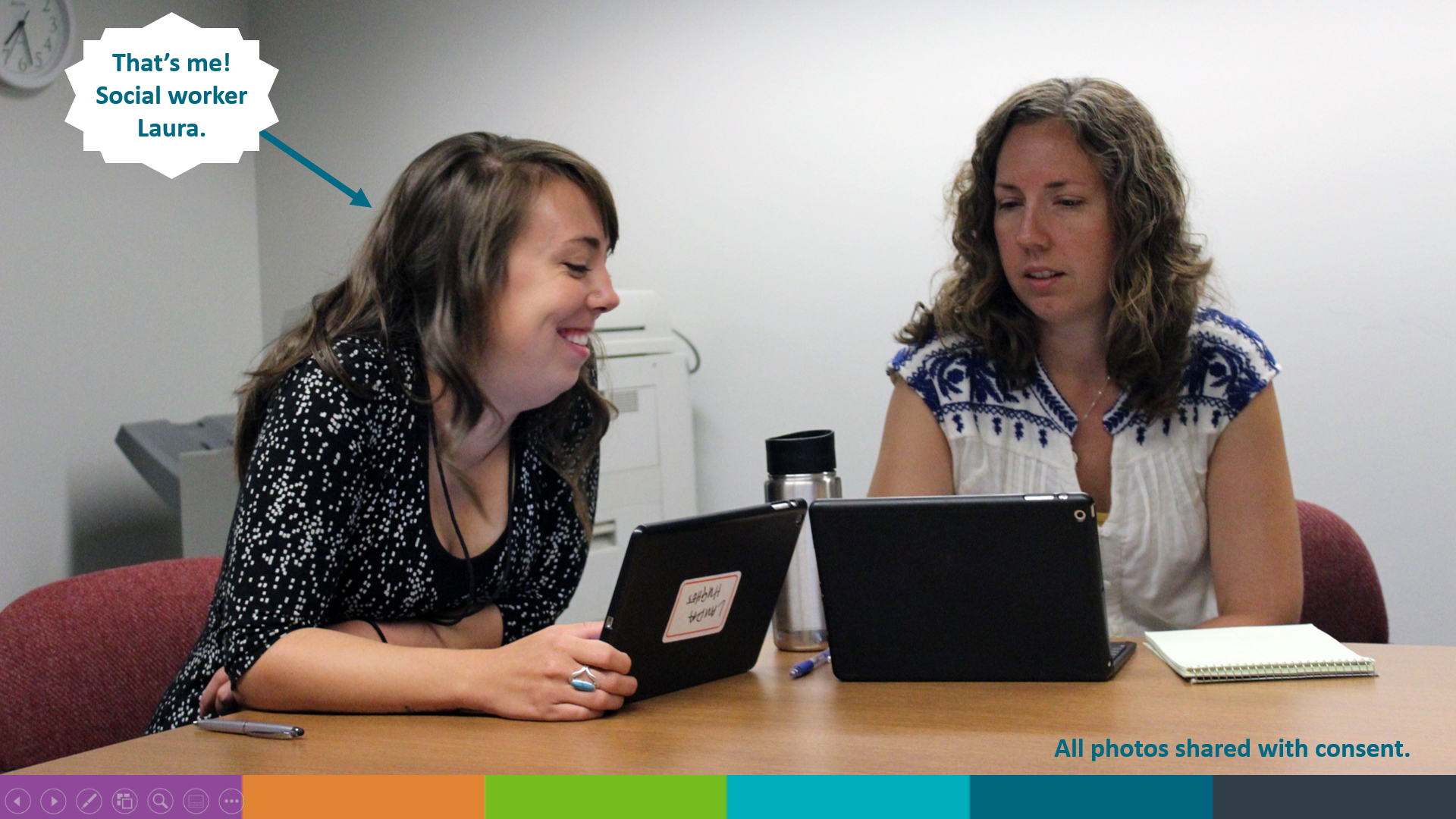 When I was a CPS social worker, I was responsible for helping families make huge, life altering changes.
When I was a CPS social worker, I was responsible for helping families make huge, life altering changes.
Now at Northwoods I manage the team responsible for helping entire agencies turn their whole world upside down in the name of change (while still maintaining my licensure!). Even if there are less pain points on the other side, change is still hard. But we do what we can to ease the burden.
Our job at Northwoods in supporting organizational change is simple: make that thing that is always hard, behavioral change, go as smoothly as possible.
Over the last four years I have gotten a chance to help craft what that looks like, which is probably the aspect of my leadership at Northwoods I am most proud of. Here are four key aspects of supporting agency change that I’ve learned along the way.

Make products that make sense.
When it comes to technology so many social workers have heard, “this shiny new thing is going to help you!” Soon after though they find out that it doesn’t help because it wasn’t really built for them.
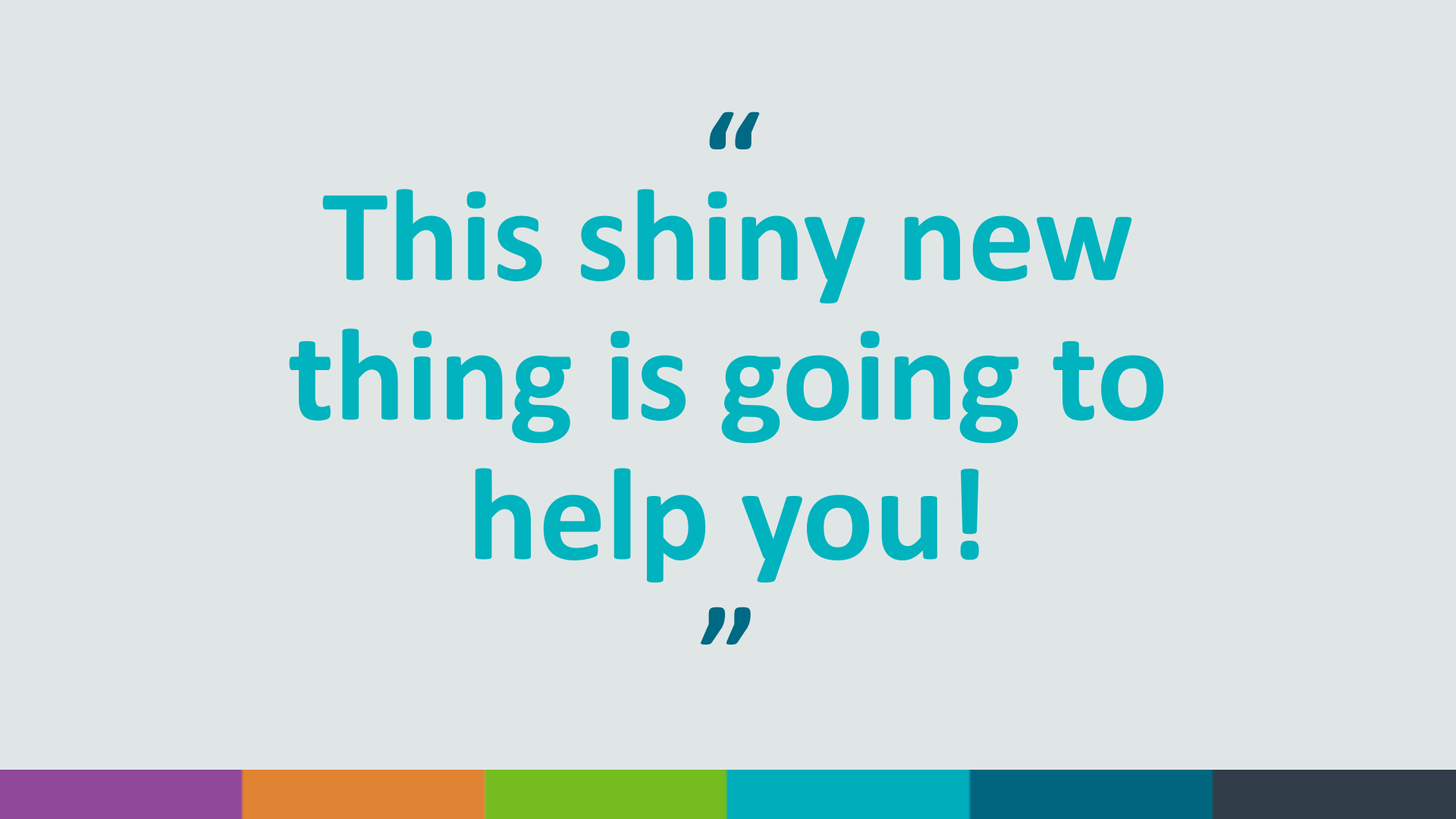
I remember the first old-school tablet I was handed as a worker that was supposed to help me enter case notes more efficiently, and the clunky thing didn’t work at all. It got tossed in a desk drawer and never turned on again.
To ease the difficulty of change, the number one thing we have to start with is this: Make products that make sense. As a leader in my organization who also has experience from the field, it’s my most important secret mission to constantly harp on this to anyone who will listen. (Lucky for me, a lot of people at Northwoods do listen!)
This new “thing” you are asking a caseworker to learn to use, and incorporate into their already difficult day-to-day, has to be intuitive. It must solve problems they didn’t even realize could be solved. Our job as the technology innovators is to understand their work and understand what might be possible to support them.
The change you are asking someone to make has to bring value to them—value that outweighs the loss of what is already familiar. And you have about 10 seconds to prove that value before you lose them.

Understand an agency’s story.
Just like meeting a family and understanding their background, you have to understand the ins and outs of an agency before you can affect change within their organization.
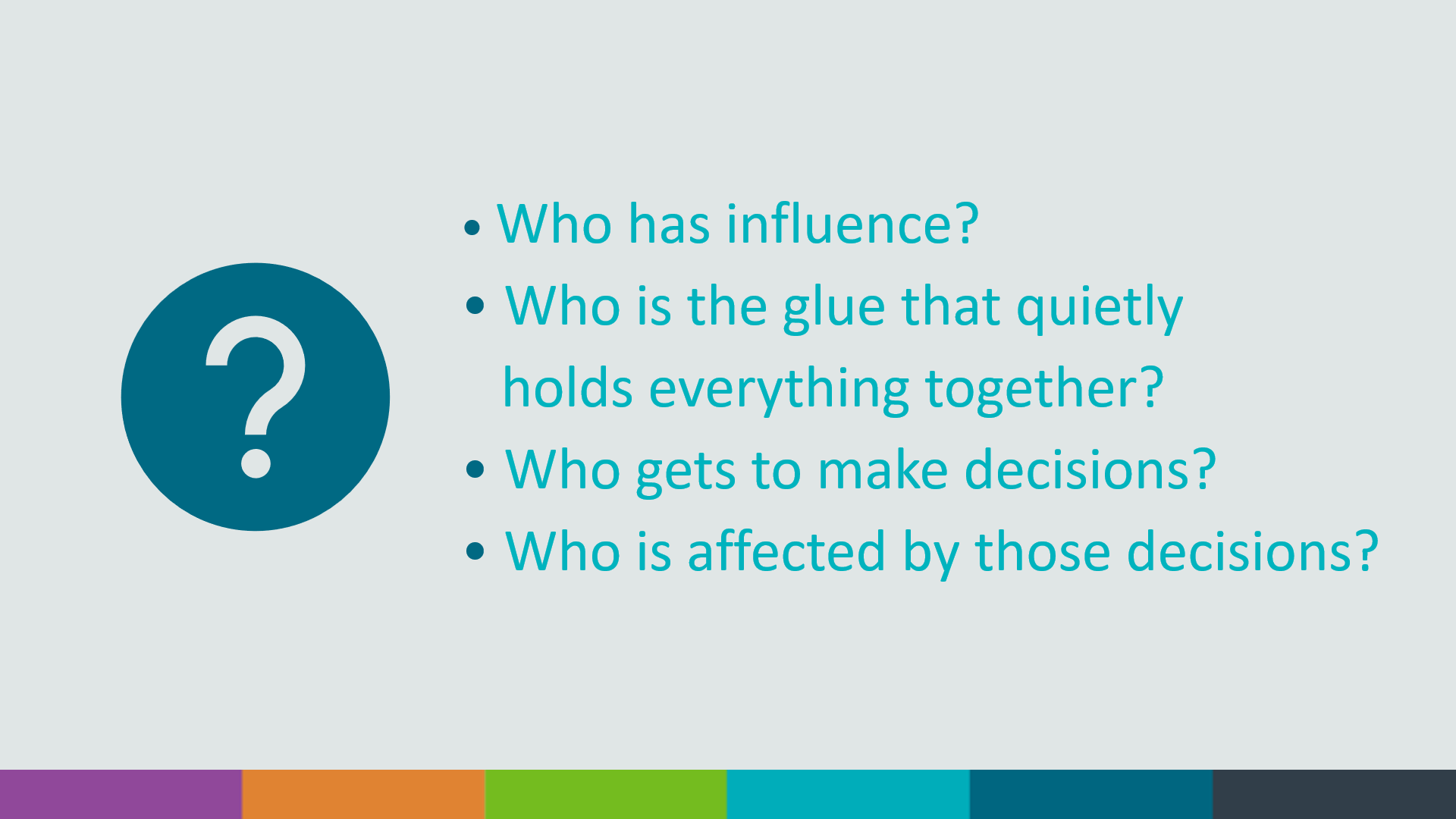 I’ve worked hard with my team on spending as much time as we can to understand why an agency has the processes they do before we start to work on changing them.
I’ve worked hard with my team on spending as much time as we can to understand why an agency has the processes they do before we start to work on changing them.
Who has influence? Who is the glue that quietly holds everything together? Who gets to make decisions, and who gets affected by those decisions?
A business process they hold near and dear came from somewhere. It may make no sense from the outside and the answer to the question of “Why do you do this?” might be “I’m not sure, it’s just how we’ve always done it.”
Regardless, it’s our job to get curious and ask good questions to solve problems impactfully.

Always start with why.
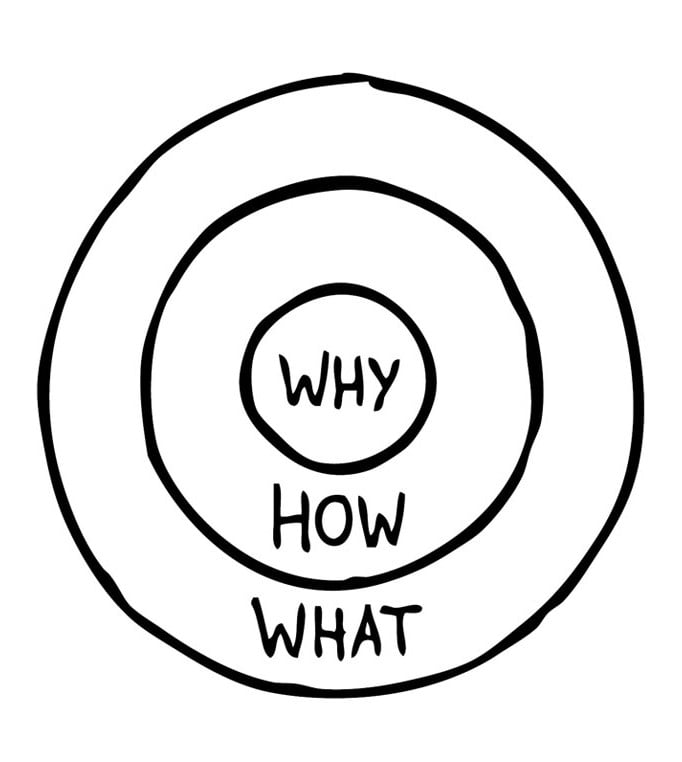 When it comes to our end users and asking them to change how they do their work every day, to borrow from Simon Sinek, you have to understand their personal why.
When it comes to our end users and asking them to change how they do their work every day, to borrow from Simon Sinek, you have to understand their personal why.
As Sinek describes, everyone has a personal why—that “purpose, cause or belief that drives” them. If I can’t show you how the change I am asking you to make connects directly with that “why,” then I lose you.
Many of our customers are driven by a desire to connect with others and help them, so our job is to show them how the change we are asking them to make can help them do just that.
Maybe filling out a form electronically on an iPad seems a little daunting, but if that means getting services to my family faster, I might be more willing to give it a shot.

Meet social workers (and their clients) where they are.
Lastly, it’s social worker 101: you have to meet people where they are to help them embrace change. You have to learn their story, learn their why, and then get into the weeds and support them there.
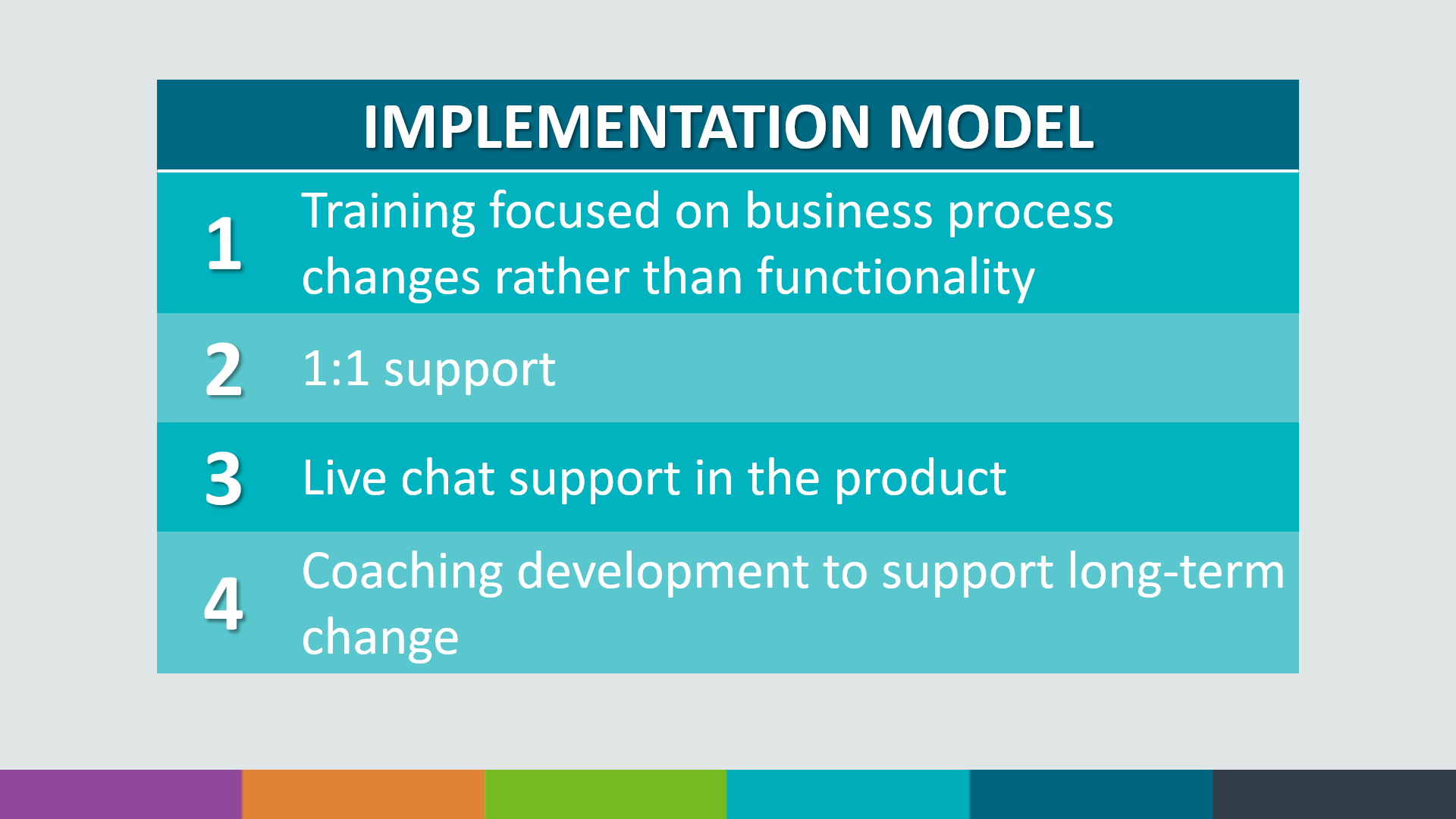 I have helped put into action an implementation model at Northwoods that meets end users where they are and provides support when and where they need it. As we craft business process changes with our customers, these are some of the key steps:
I have helped put into action an implementation model at Northwoods that meets end users where they are and provides support when and where they need it. As we craft business process changes with our customers, these are some of the key steps:
- First, our trainings focus on not just how to click a button (that should be the easy part if you make products that make sense), but why and when a worker would click a button.
- Next, we provide 1:1 support after training so that caseworkers can talk through how they specifically will use the technology in their specific role at the agency.
- We have live chat support embedded in our product to help users get answers in the moment they need them from experts in Traverse who also understand their work.
- And from start to finish, we use a coaching model (UC Davis) to develop coaches at that agency to be internal experts who are critically important to long term success.

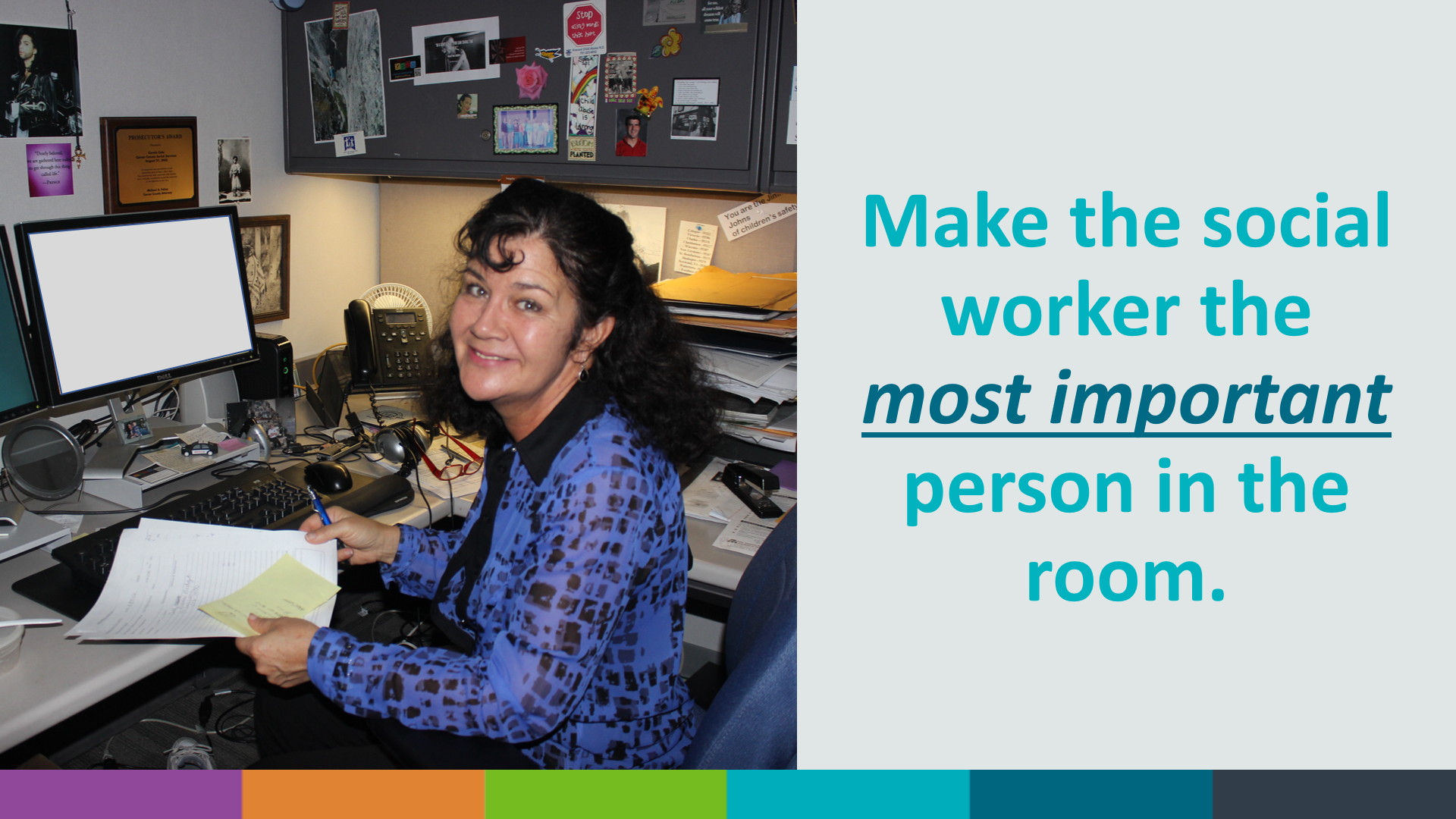
Change is hard, but human services caseworkers are used to hard work. They’re doing some of the hardest, most thankless, but important work in the world.
If the only thing I do as a leader is constantly reminding our folks building things for them of the realities of that work, then I’ll be proud.
The least we can do as vendors in this space is make the social worker the most important person in the room at every decision point along the way: from what we build, to how we implement, to how we support that change long term. Because in turn they are providing care and service to families and children most in need.
Laura Haffield began her career as a social worker in public child welfare, working in Wisconsin for more than four years. She earned a master’s in social work from University of Wisconsin – Madison as a Title IV-E Public Child Welfare Trainee. As manager for the solution and integration analysts who implement Northwoods’ child welfare technology projects, she helps facilitate agency and business process changes, while consulting with agency leadership to address concerns and roadblocks uncovered during the implementation process.



